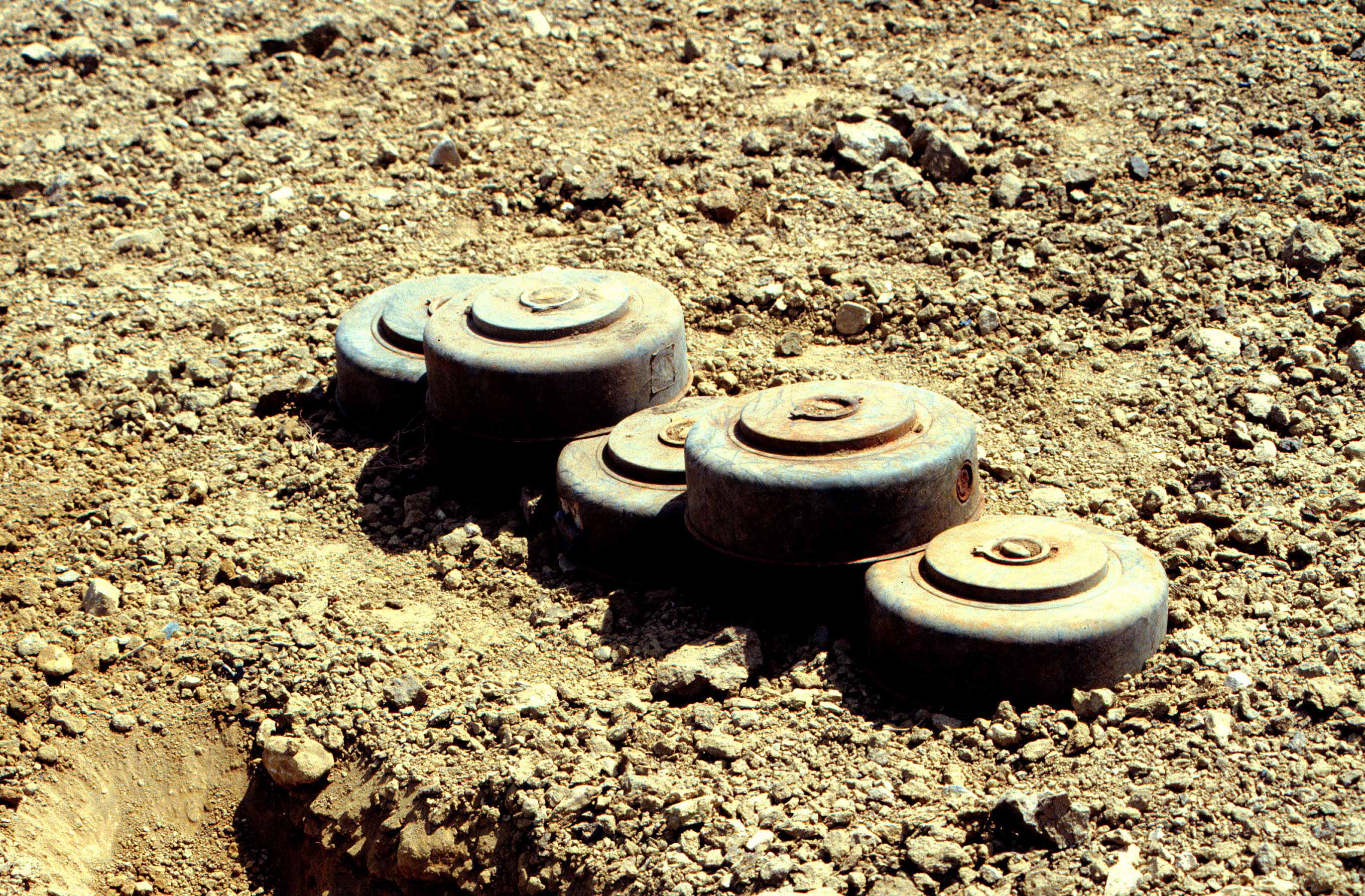Mining Away Lives
Mining away lives

NEW DELHI: On December 13 last year, as about two dozen de-mining workers made their way to their respective camps in Nad Ali district, southern Afghanistan- a district that has been known, for years, as one of the Taliban's major bastions - they were attacked by gunmen on bikes. The gunmen opened fire on the workers and sped away. The attack killed about a dozen and injured six others.
Turn the clock back to October,2014. This time the location is Zumar, northern Iraq. As landmine workers- approximately 30 of them- worked across the length and breadth of the Iraqi town, where the Islamic State had rigged the surrounding buildings and placed landmines on several roads, a powerful explosion killed four and injured two others. The explosion was not caused by an isolated landmine, as one might have thought, but by a bomb left around by IS militants meaning to kill the anti -landmine squads who they knew would soon be working there.
Afghanistan and Iraq are, along with dozens of other nations, two of those affected by long, tremulous civil wars and invasions that not only changed the history of the nation, but also scarred it for the better part of the respective futures. Landmines were a devastating side effect of these wars, leading to severe injuries and deaths of innocents long after the conflicts were over.
Take, for example, ten year old Marvin of Nicaragua- where years of civil conflict left thousands dead and displaced- who lost both his legs in a landmine ten years after the civil war had ended in 2000. The “gift that keeps on giving”, as they are called, landmines continue the conflict long after it is over, drawing blood of innocents in what is a lethal aftermath.
Landmines, that cost just three US dollars, are used with impunity by warring nations. These are planted by armies across swathes of land, and are extremely difficult to detect and get rid of. There are individual organizations campaigning against the use of landmines but this has not been very effective in persuading governments to drop these ---that really hits the civilians---from their list of weapons.
Take Afghanistan, for example, where over 10 million mines were laid down during the combined conflicts of the Soviet invasion of Afghanistan- when the Soviets resorted to mining their borders- and the long war between the Mujaheddin and the Northern Alliance. Today, over four decades after the dust has settled, over 530 square kilometres of Afghanistan remains contaminated by landmines which basically mean that the mines are bound to play an almost regular role in the lives of the civilians that traverse their path. It seems too easy to say, or, in this case, write; but to live with the fear of death, and death by an unanticipated explosion no less, is akin to living in perpetual trauma.
Cambodia, the land-locked nation already marred by decades of violence and civil conflict, is one of 290 nations where amputated limbs are visible on a daily basis. However, today the threat has been turned into an opportunity with Cambodians now being trained to de-mine the land for a living.The pay is good and the job respectable. In a nation where famine persists and prostitution is a normal job, this has come as a major source of employment. Rural Cambodia was where the former Khmer Rouge cadres returned with knowledge of the mines- how to plant them, yes, but also how to deactivate them. This proved to be useful. Squads were formed to de-mine the fields and farms rigged by mines, and ironically many of them ended up defusing mines they themselves had planted years ago.
Landmines represent is a violent past and a possibly traumatic future- for people trying to forget the ordeal of war. It is a sub-human and unethical weapon, more so as armies tend to withdraw leaving this weapon behind.As former United Nations Secretary General Kofi Annan said, “"Not only do these abominable weapons lie buried in silence and in their millions waiting to kill or maim innocent women and children; but the presence or even the fear of the presence of a single landmine can prevent the cultivation of an entire field, rob a whole village of its livelihood, place yet another obstacle on a country’s road to reconstruction and development.”


